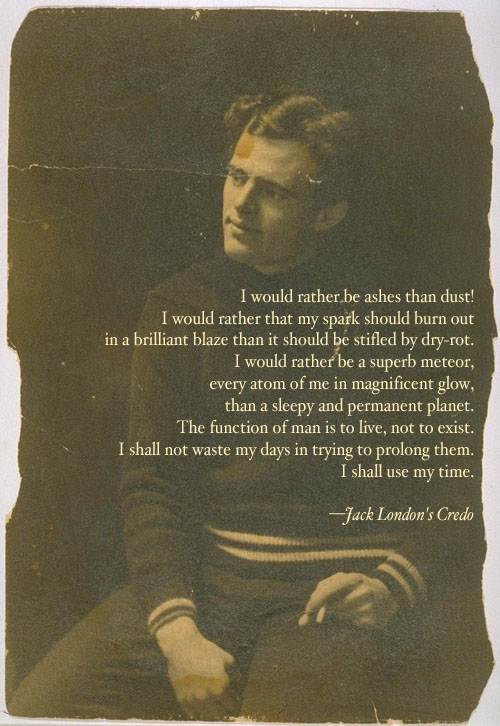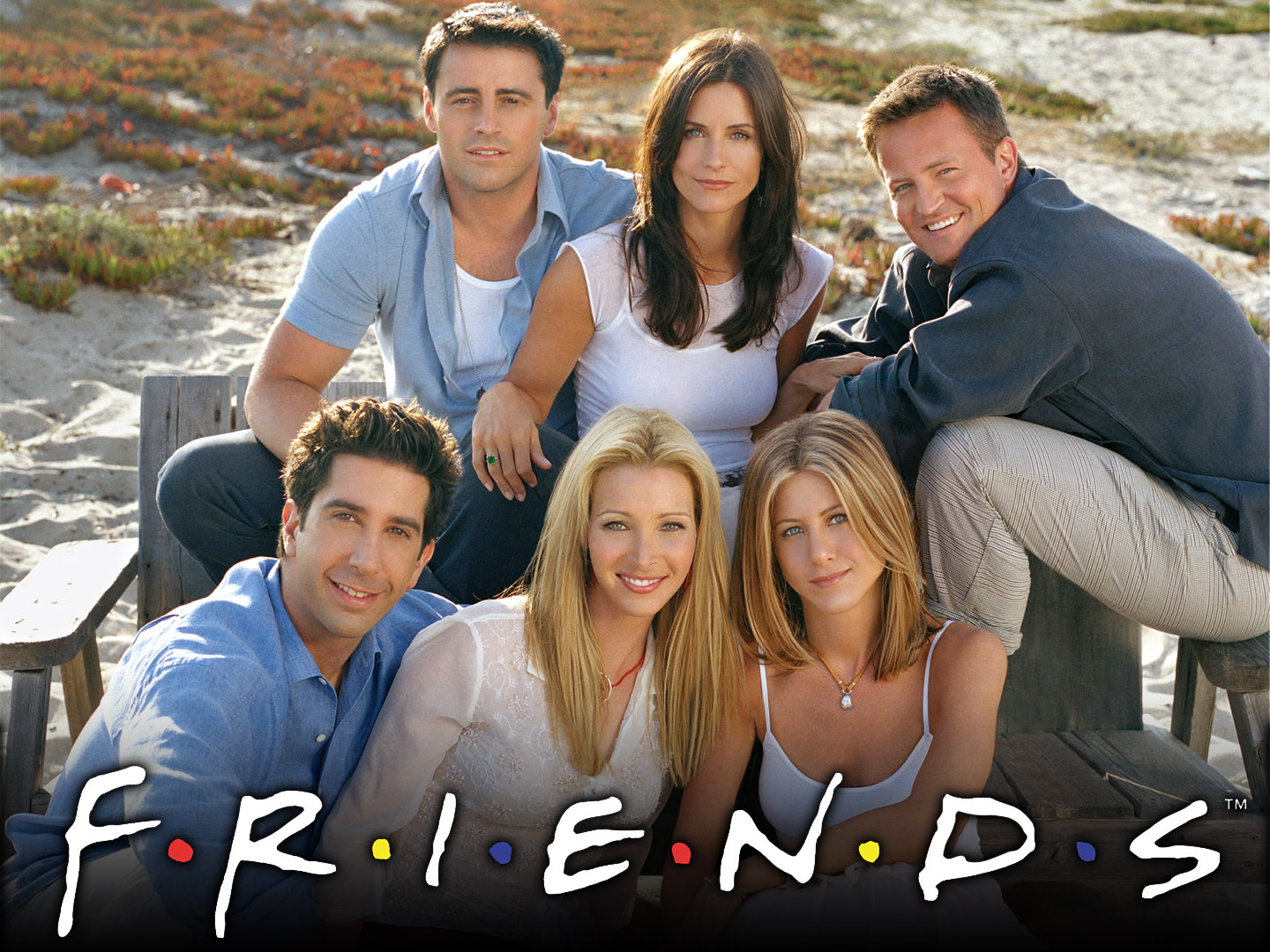ACTIVITY 1
Look at your comic book and answer the following questions
1. Who is the bad guy?
2. Who is the good guy?
3. What makes it science fiction?
4. What is realistic about it?
5. Draw a timeline for the story and put at lease 4 important events from the comic on the timeline.
ACTIVITY 2
Present your comic to the class.
ACTIVITY 3
Design your own superhero.
One person draws and the other person describes the hero.
Switch.
Create a villan.
Sci-fi discussion
Video Activity







